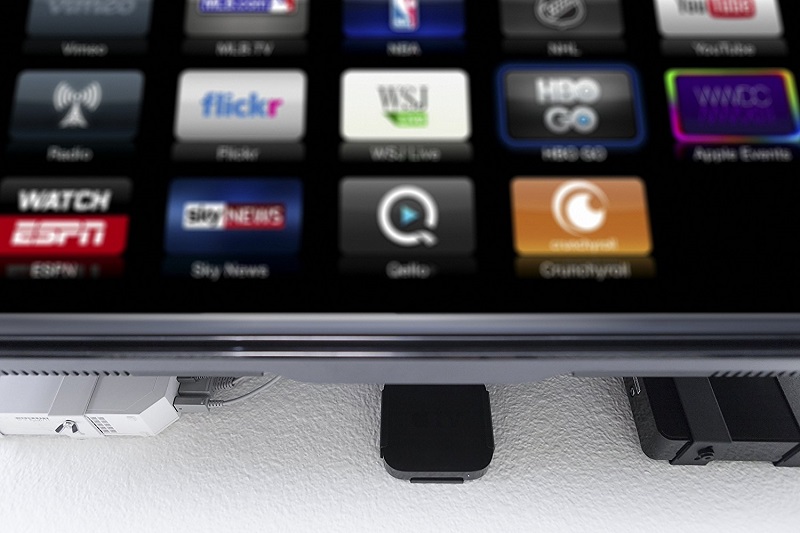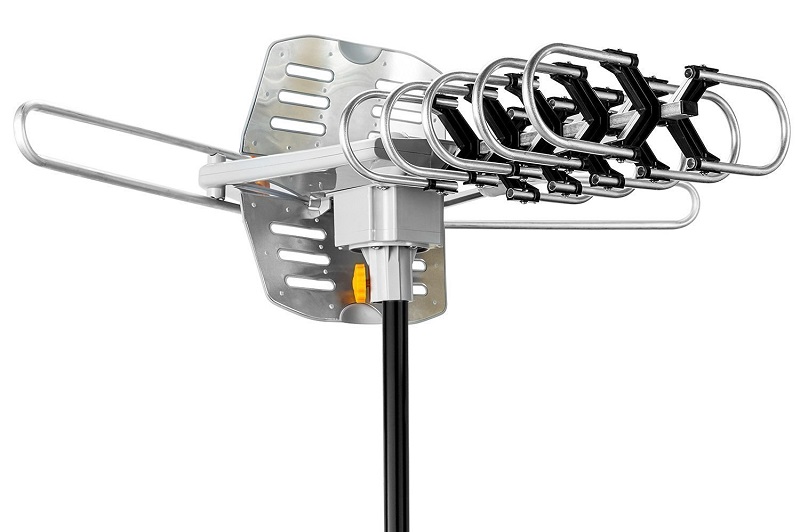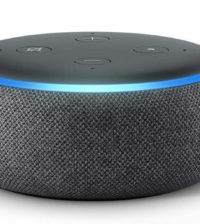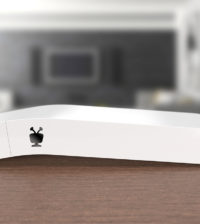Five Things to Know about Switching from Cable to Skinny TV
If you’re considering downsizing from a full satellite or cable TV service to a skinny live TV bundle — a cheaper service with fewer channels that you’ll stream through an Internet connection — you have three offerings available currently, with more on the way. Prices start at $20 to $40 per month, although you can also choose service tiers that will cost $60-plus. But making the switch involves more than just picking a skinny service. You need to understand the skinny bundle TV hardware requirements before you can make the switch.
Each service will work with certain pieces of hardware, and it’ll be incompatible with certain hardware setups. Additionally, there’s the process of understanding how the skinny TV hardware differs from what you need to run a full cable or satellite subscription.
We’ve put together a list of the five key things to understand about the hardware involved and the other differences if you want to downsize from a full cable or satellite pay-TV service to a skinny live TV bundle.
1. You Need Fast Internet & Lots of Data
A subscription to a reduced pay-TV service requires you to stream your programming over an Internet connection. (It’s also called a skinny bundle or an over-the-top service, or OTT.)
So you need a fast Internet service that’s reliable both in terms of speed and connection. If your Internet runs slow sometimes, you’ll be very frustrated with trying to stream video over it. And you’re going to want an Internet connection with a high monthly data cap, 1TB for example.
2. There are no Subscriptions or Contracts
With a skinny bundle, you can sign up and then cancel at any time. There’s no contract to sign as with a full service and no penalties when you quit, in large part because the service provider is not giving you any hardware. You have to provide your own hardware and Internet connection.
3. Local Channels are still Limited
The current skinny TV bundles only offer local channels in a few large cities. More cities are added to the services every few months, so maybe you’ll get lucky and live in an area with local channels. If you aren’t that lucky though, you can use an over-the-air antenna to receive your local channels. Some over-the-air antennas can be set up and used indoors, which is good for those living in an apartment.
4. DVR also has Limitations
As it remains in its infancy stage, the skinny bundle TV services are still trying to figure out how to incorporate support for DVRs. Some are considering providing support through third-party DVRs, such as TiVo. Some skinny services are using or have plans to use a cloud DVR service, but cloud DVRs are extremely slow versus the traditional DVR boxes. (A cloud DVR would store your shows at a third-party location, away from your home. You then will download the programs when you’re ready to watch them.)
Changes are still in the offing in this area. But understand that if you love the DVR you have with your full cable or satellite TV service, skinny TV providers cannot yet duplicate the best parts of this feature.
Skinny bundle services do provide video-on-demand (VOD) services for certain channels, so you can download and watch shows that you may have missed live, similar to a Netflix service or to a full service. But there are limitations as to which channels and programming have VOD available within the skinny bundles.
5. BYOH: Bring Your Own Hardware
Generally, you do have to provide your own hardware at your own expense with the skinny bundle. We’ll discuss the hardware options in more detail, but understand that there are some upfront costs when switching to a skinny TV bundle.
With a full subscription, the service provides a set-top box, a satellite dish, free installation, or whatever else you need to receive and decode the signal. Sometimes you’ll be renting this provided hardware, resulting in a recurring monthly charge, which is another reason why your full service satellite or cable bill can seem so high. So purchasing a bit of skinny TV bundle hardware up front may save you some money in the long run over the monthly rental fees.
When you’re ready to pick a streaming hardware option, just be sure that your skinny TV bundle service supports the hardware you have. Some services only work with certain types of hardware. Here are the options to consider.
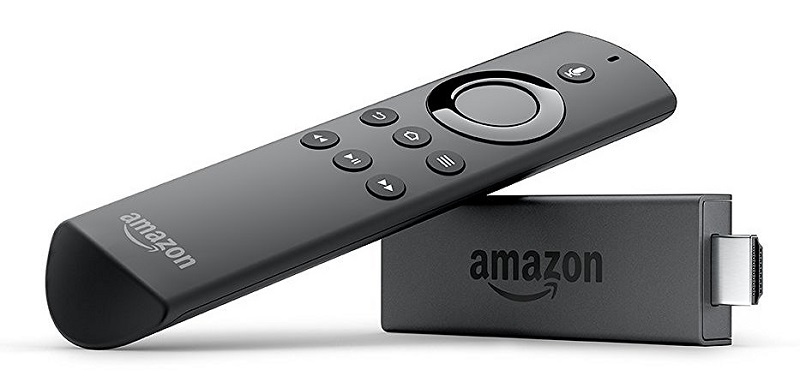
Amazon Fire TV Stick: If your skinny TV service will work through an Amazon Fire TV Stick, it’s easy to set up and use. Plug an HDMI cable into your TV’s HDMI port and plug the other end into the Fire Stick. Some versions of these sticks will plug directly into the HDMI port. Switch to the input channel on the TV to match the HDMI port you’re using. Then follow the on screen instructions to connect to the Internet via WiFi and begin streaming. The latest Amazon Fire TV Stick ships with a remote control.
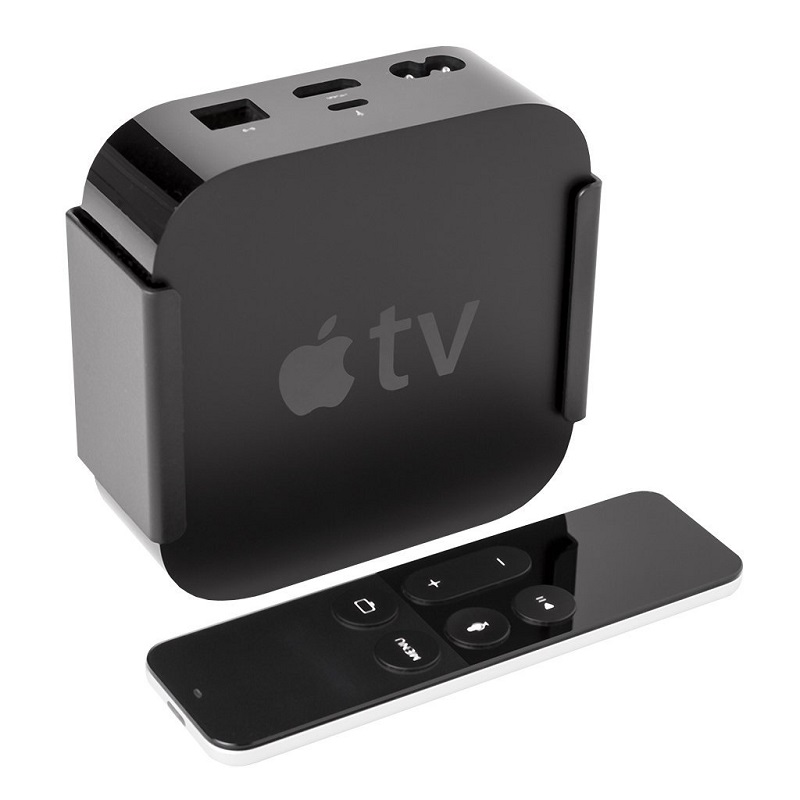
Apple TV hardware: As with the Fire TV Stick, you’ll connect the Apple TV hardware to the TV’s HDMI port via an HDMI cable and follow a similar setup process. You can connect Apple TV to the Internet via an Ethernet cable or via WiFi.
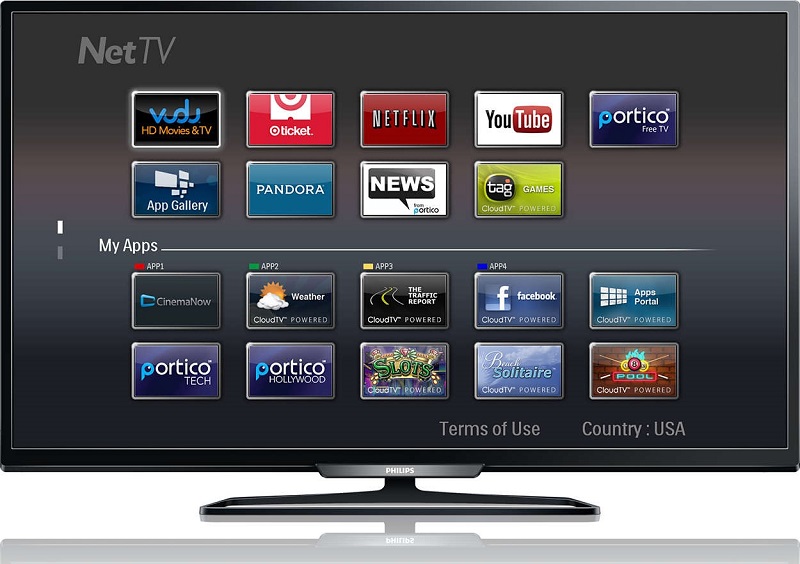
Other Options: You may be able to incorporate hardware or devices you already own to stream these skinny TV services. Beyond working with the aforementioned Amazon Fire TV stick and Apple TV, Sling TV will work with Amazon Fire TV sticks, Apple TV, Google Chromecast sticks, Roku players, smartphone connections, the Xbox One gaming console, and Windows and Mac computers. As another example, PlayStation Vue runs on the PlayStation gaming console. Some Smart TVs can make use of apps through which your can run the skinny TV service. You’ll just have to check with each skinny TV service provider to see whether it can support the hardware you want to use.


